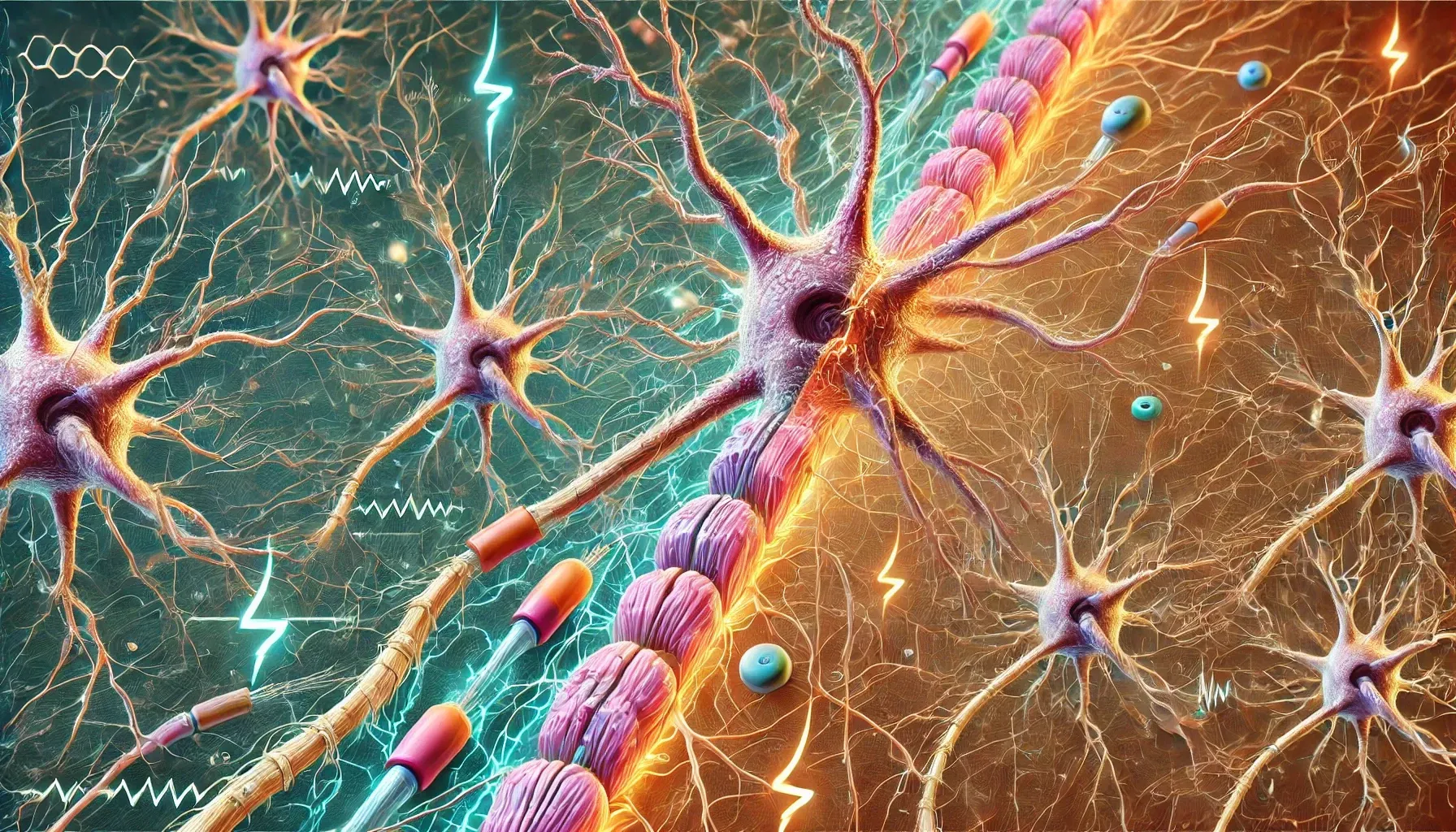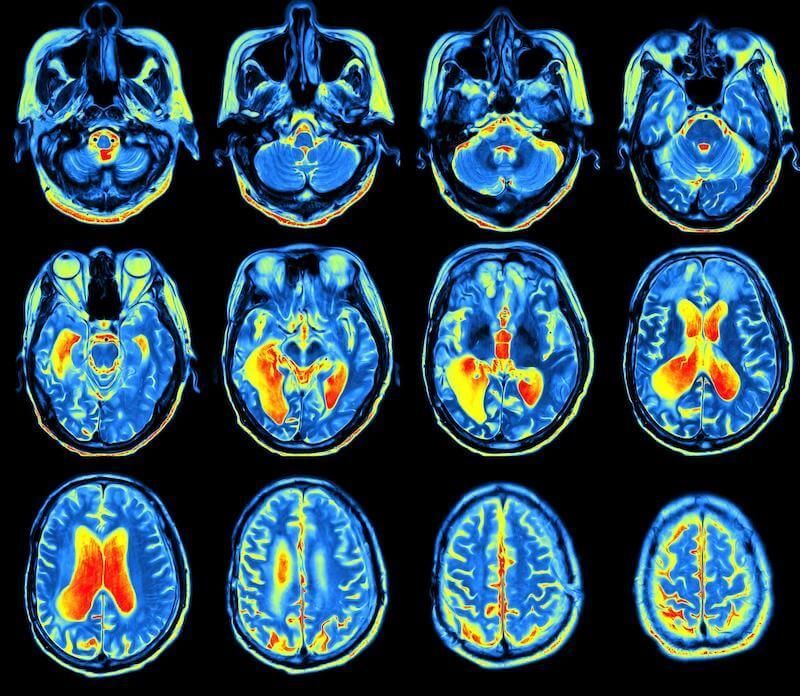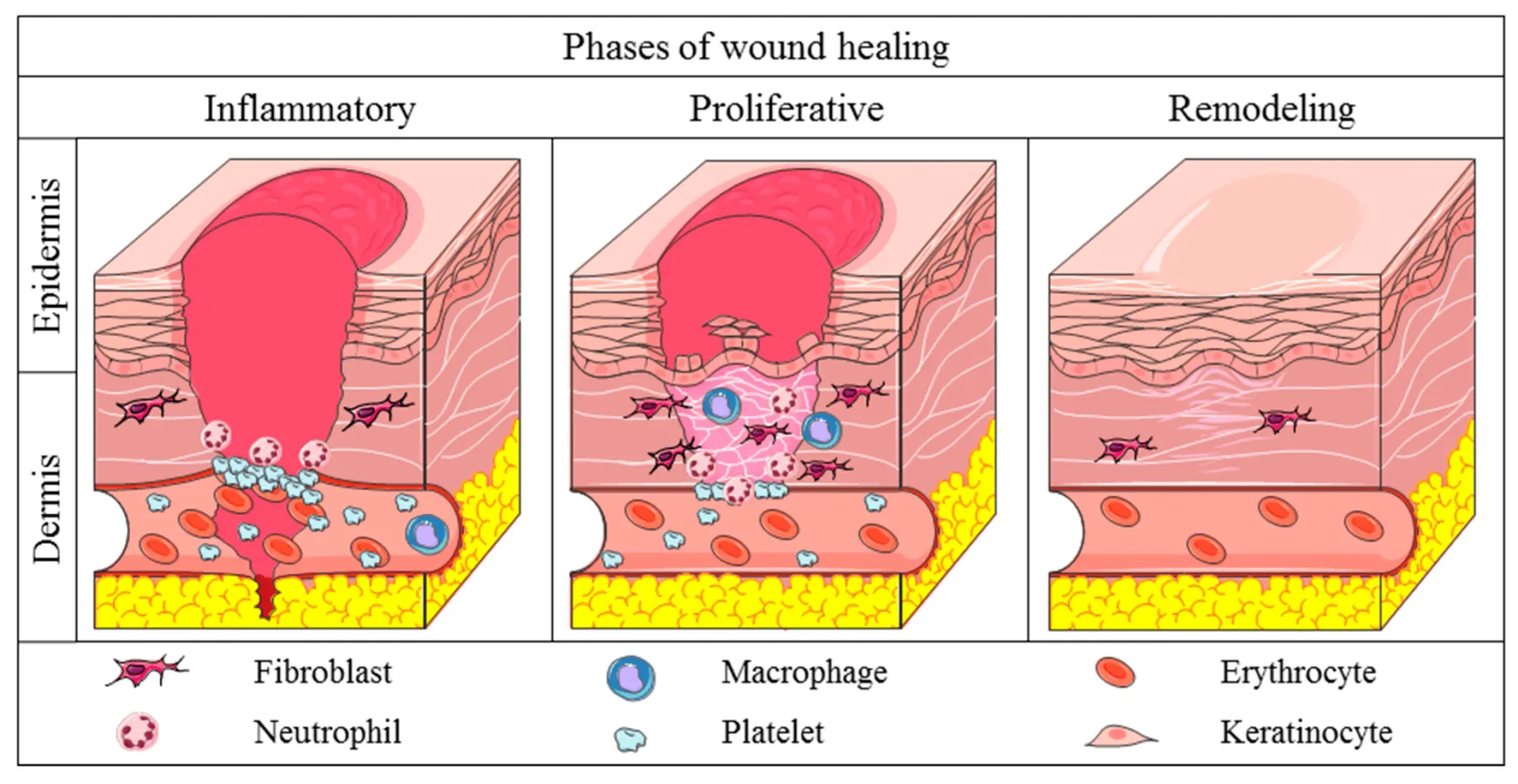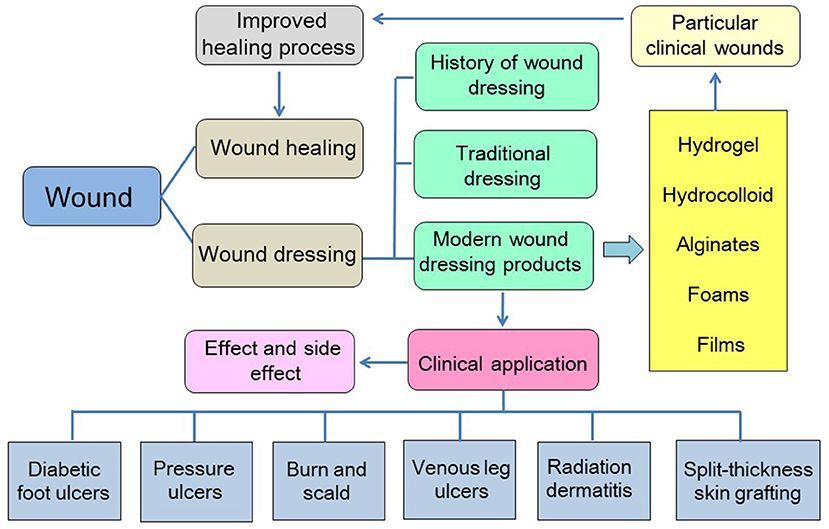The Crucial Role of Medical Wound Care: A Comprehensive Guide
Wounds come in various forms, each demanding unique care strategies for optimal healing and prevention of complications. Understanding the specific types of wounds and their requirements is paramount in providing effective medical care.
Types of Wounds and Tailored Care
Abrasions and Lacerations
Commonly caused by falls or accidents, abrasions, and lacerations require thorough cleansing to remove debris and prevent infection. Cleaning with mild soap and water, followed by an antiseptic solution, is often recommended. Bandaging helps keep the wound clean and protects it from external elements.
Surgical Incisions
Incisions from surgeries need specialized care to promote healing without complications. Proper suturing, sterility during the procedure, and regular changing of dressings are vital. Surgical wounds often benefit from dissolvable stitches or surgical tapes to aid in closure and reduce scarring.
Puncture Wounds
Caused by sharp objects penetrating the skin, puncture wounds are prone to trapping bacteria deep within. Cleaning the wound and keeping it open for drainage, if appropriate, is crucial. Depending on the depth, some puncture wounds may require medical attention to prevent infections.
Chronic Wounds
These include pressure ulcers, diabetic foot ulcers, and venous stasis ulcers. Chronic wounds demand ongoing care due to underlying health conditions. Management involves specialized dressings, infection control, offloading pressure, and addressing the root cause for effective healing.
Advanced Techniques and Technologies
Moist Wound Healing
Contrary to traditional belief, maintaining a moist environment in many wounds accelerates healing by promoting cell migration and tissue repair. Specialized dressings like hydrogels, foams, or films help maintain the ideal moisture balance for faster recovery.
Negative Pressure Wound Therapy (NPWT)
NPWT involves using a vacuum dressing over the wound, promoting faster healing by reducing swelling, removing excess fluids, and stimulating blood flow. It's particularly effective for large or complex wounds, enhancing tissue granulation and closure.
Advanced Dressings and Biologics
Innovative dressings infused with growth factors, stem cells, or other biologics aid in tissue regeneration, speeding up the healing process. These advanced options are tailored to specific wound types and can significantly enhance healing outcomes.
Collaboration for Comprehensive Care
Effective wound care often involves collaboration among healthcare professionals such as nurses, surgeons, primary care physicians, and specialists. This multidisciplinary approach ensures that wounds receive comprehensive attention, considering all facets of the patient's health.
Conclusion
By recognizing the diversity of wounds and tailoring care to their specific needs, healthcare providers can offer more effective treatments. Every wound is unique and requires personalized attention and appropriate interventions for optimal healing and prevention of complications.
Remember, seeking professional guidance for specific wound care needs is crucial. Through continual advancements in wound care techniques and technologies, the prospects for quicker healing and improved outcomes for individuals facing wounds continue to expand.
Dr Richard T. Dombroski
Dr Richard T Dombroski is well-experienced in wound care. After many years of treating soldiers on the battlefield and patients in the office, he has had incredible success in helping people recover and stay healthy. Wound care is not something you want to leave to yourself or someone less experienced.
Contact his office today for more information on wound care and how he can create a personalized system to help you recover fast!



2024 Richard T. Dombroski/Doc D. Consulting | Privacy Policy | Built by localleadshoppe.com


